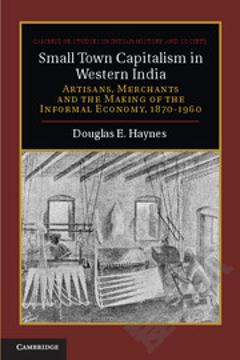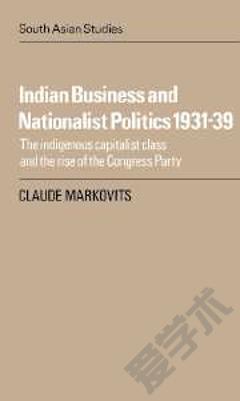The Origins of Industrial Capitalism in India: Business Strategies and the Working Classes in Bombay, 1900–1940
Rajnarayan Chandavarkar presents the first major study of the relationship between labour and capital in India's economic development in the early twentieth-century. He explores the emergence of capitalism in the region, the development of the cotton textile industry, its particular problems in the 1920s and 1930s and the mill owners' and the state's responses to them. The author also investigates how a labour force was formed in Bombay - its rural roots, urban networks, industrial organisation and the way in which it shaped capitalist strategies. In a subject dominated by the assumption of unities, Rajnarayan Chandavarkar convincingly demonstrates the fragmentation of class, on the side of both capital and labour. Their interaction sometimes exacerbated their internal differences. But, the author also asks on what terms, to what ends, and under what circumstances solidarities could be forged between workers.
{{comment.content}}








 京公网安备 11010802027623号
京公网安备 11010802027623号